Speaker
Laurent Deniau (BE-ABP-CAP)
Abstract
This presentation provides an overview of MAD-NG, a standalone, multi-platform framework for advanced accelerator beam physics. MAD-NG integrates linear and nonlinear optics modeling with high-order beam dynamics analysis, supporting systematic lattice studies. It has been applied to projects including the LHC, HiLumi-LHC, and FCC-ee, demonstrating its reliability for complex accelerator design and optimization.
At its core, MAD-NG relies on the Generalized Truncated Power Series Algebra (GTPSA), which enables high-order differential map computations, parametric differentiation, and Lie-algebra operators widely used in Hamiltonian mechanics. GTPSA allows precise evaluation of optical functions, chromatic properties, and nonlinear effects, supporting tasks such as nonlinear optics analysis, resonance studies, hamiltonian extraction, and systematic lattice exploration.
MAD-NG also incorporates LuaJIT, a high-performance Just-In-Time scripting engine for Lua, which enables custom procedures, automated studies, and efficient reproducible computations. Through LuaJIT, MAD-NG supports blindly fast deferred expressions, allowing user-defined symbolic dependencies to be constructed and evaluated only when needed. This provides a powerful mechanism for parametric scans, sensitivity studies, and flexible optimization. Combined with GTPSA, it delivers both symbolic versatility and high computational throughput in a unified framework.
Overall, MAD-NG offers a consistent and accurate environment for accelerator beam physics research. This presentation will highlight its core capabilities, showcase applications in major accelerator beam physics studies, and demonstrate how it enables precise, high-order beam dynamics computations for modern accelerator projects.
Bio
Laurent Deniau joined CERN in 1997 as a staff member, working as a computer scientist (Engineer in signal theory) with a strong background in sensor physics (Master in parallel) and in signal and image processing (PhD). He spent 14 years in the Technology Department, where he contributed to the development of magnetic measurement systems, the analysis of magnetic field measurements, and the modelling of the magnetic behaviour of the LHC superconducting magnets within the FiDeL project.
In 2011, he moved to the Beams Department, joining the Accelerator Beam Physics group, where he led the team responsible for the MAD-X optics code until 2022. In 2014, he began developing a new Differential Algebra library together with a feasibility demonstrator, which evolved in 2016 into the start of MAD-NG, the next-generation optics code in the continuation of the MAD optics code series (MAD8, MAD9, MAD-X, MADX-PTC). In 2023, he joined the scientific committee of ICAP, the International Computational Accelerator Physics Conference.
ATS Seminar Organisers
A. Dallocchio (EN), E. Metral (BE), M. Modena (ATS-DO), T. Stora (SY), A. Sublet (TE)
